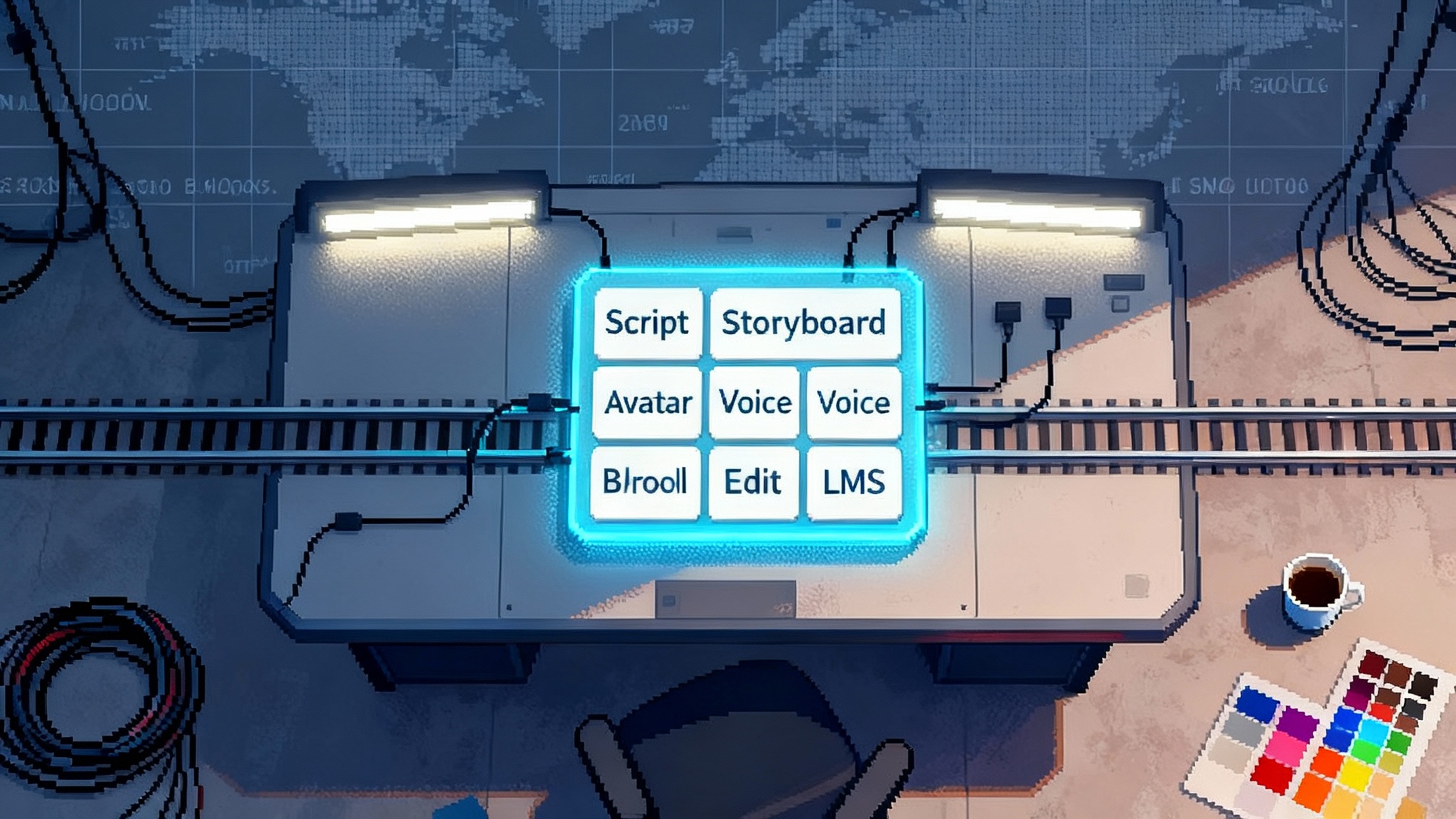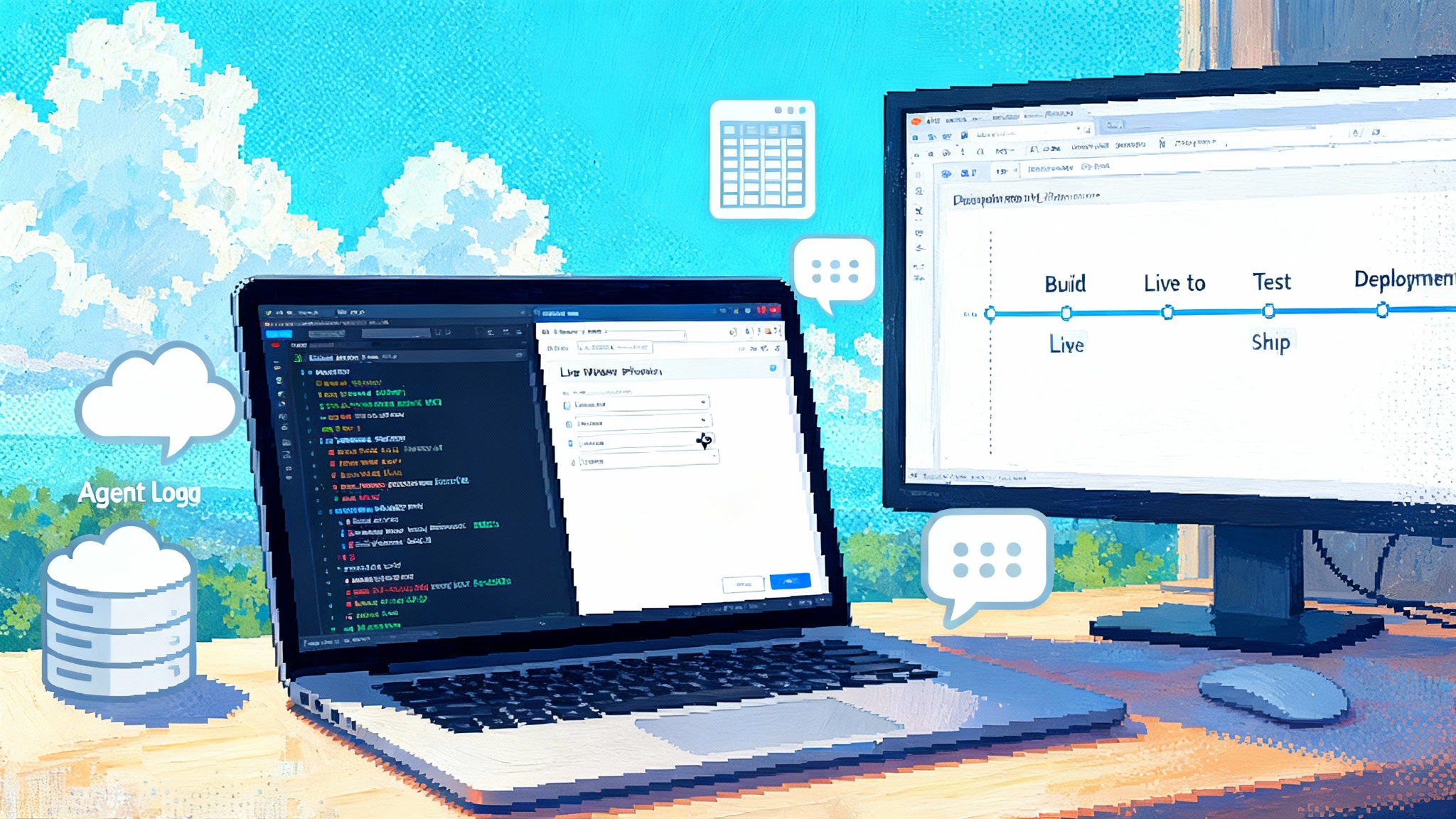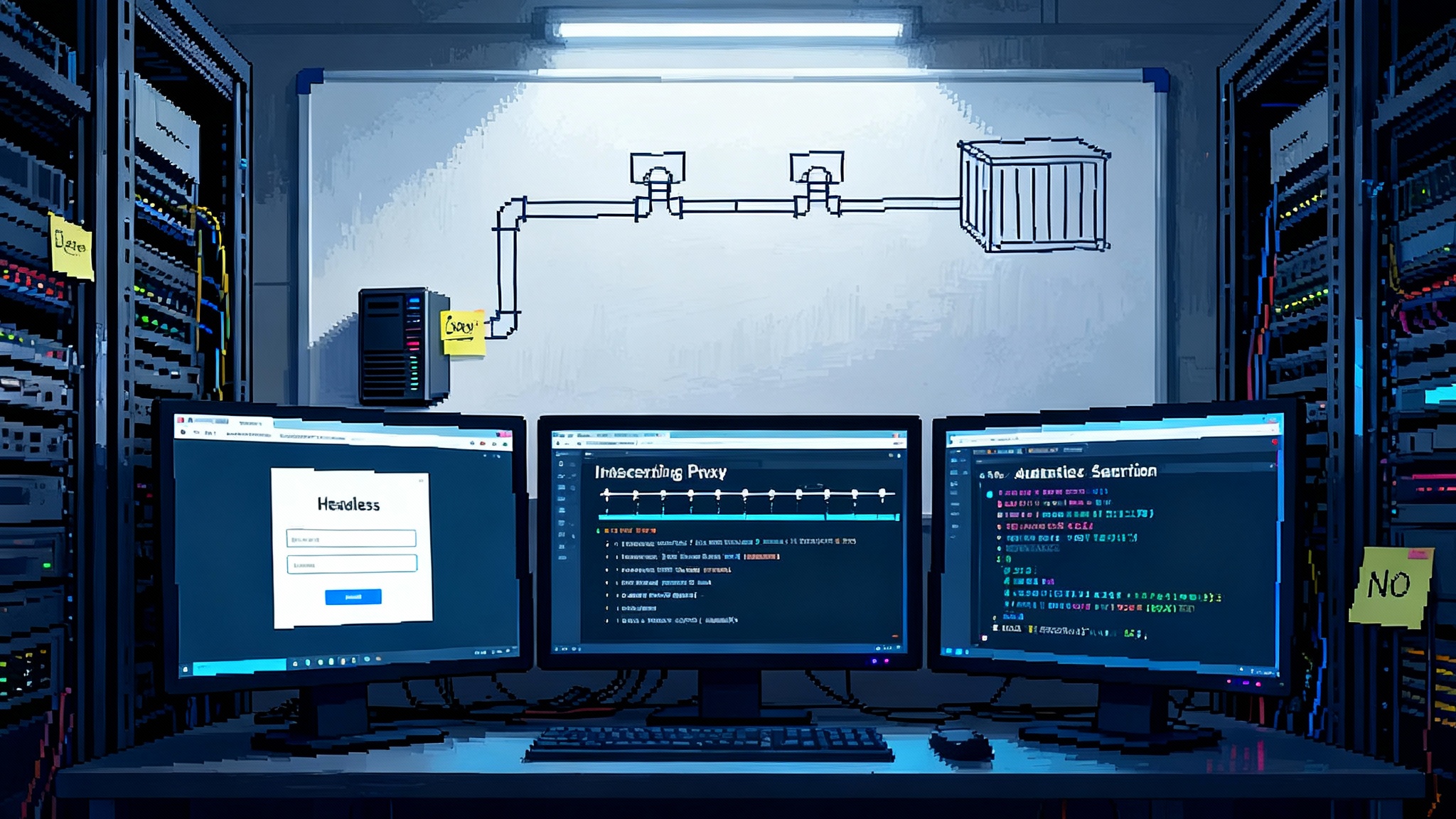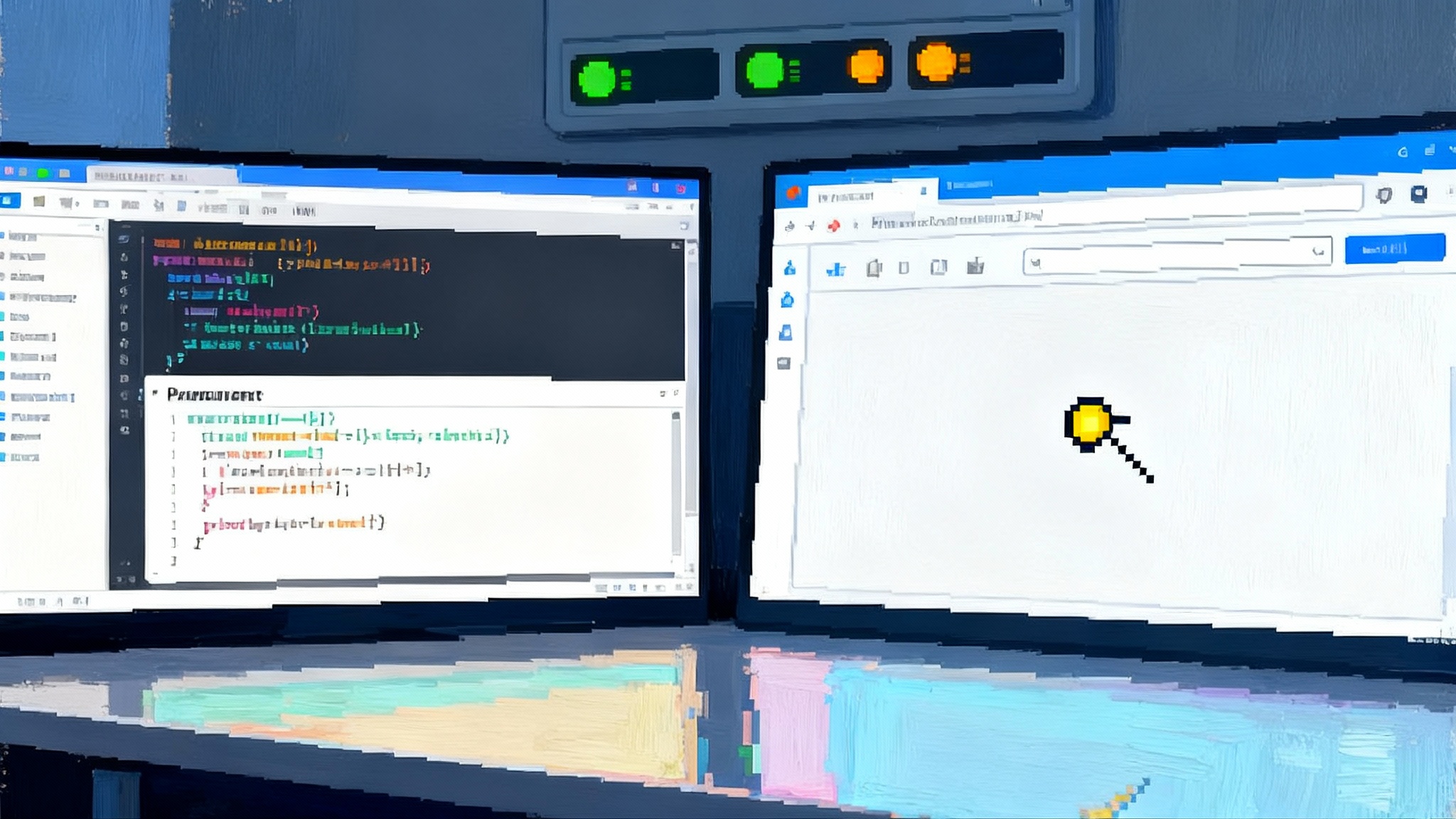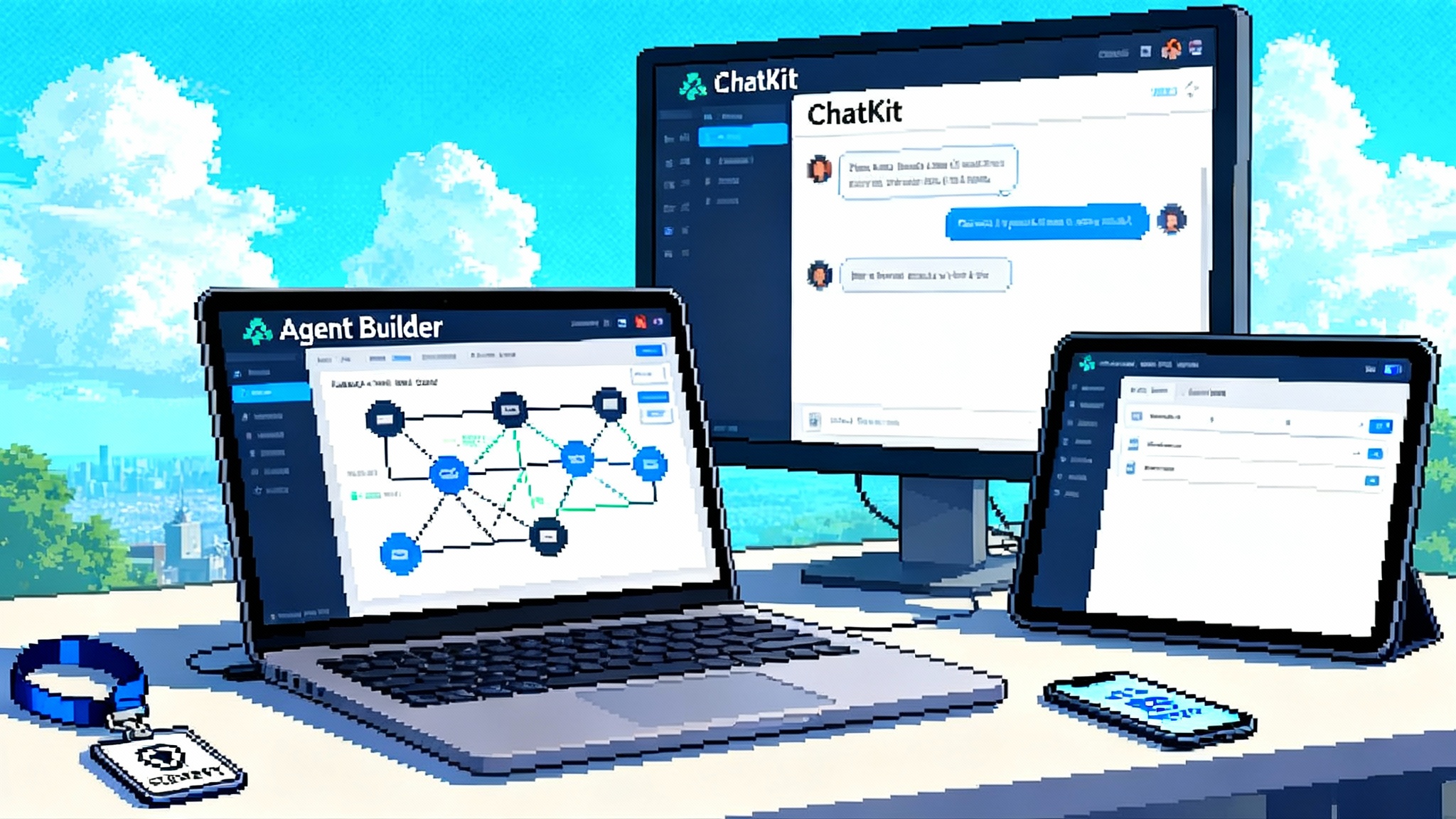Prime Intellect’s Environments Hub Makes Data the Moat
Prime Intellect’s Environments Hub turns real workflows into interactive worlds and pays the community to train in them. The result is a durable moat built on practice, not parameters, and a faster path to better agents.

From parameters to practice: the shift that matters
On October 9, 2025, Prime Intellect announced Environments Hub, an open platform for building, sharing, and monetizing interactive tasks that train agentic AI. The thesis is blunt and overdue: model size is no longer the sole advantage. The next moat forms where agents practice. Teams that own the richest, fairest, and most strategically curated environments will compound learning faster than rivals chasing bigger baselines.
If the last era crowned whoever could stack the most parameters and tokens, the coming era will reward whoever controls the best practice fields. That logic mirrors flight training. Brilliant recruits do not become great pilots by memorizing manuals. They become great through thousands of hours in the right simulators, with realistic hazards, clear rules, and tough feedback loops. Environments Hub aims to be that simulator rack for agents, paired with a decentralized reinforcement learning network that turns community compute into flight hours.
What Environments Hub actually is
An environment is a self contained interactive world with rules, interfaces, and rewards. In the agent context, an environment could be a live codebase with tests, an editorial workflow with pitch and revision gates, a customer support queue with human in the loop feedback, or a research pipeline that spans days. The environment defines what actions are possible, how state evolves across time, and how performance is scored.
Environments Hub packages these worlds so any team can publish, discover, and compose them. Each environment ships with:
- A clear interaction contract. Documented observation space, action space, step cadence, and episode boundaries so agents know what is guaranteed and what must be inferred.
- Auditable rewards. Versioned reward functions with transparent units such as tests passed, latency penalties, editorial acceptance, or policy compliance.
- Difficulty controls and randomized seeds. Tunable starting states and hidden seeds that prevent memorization and keep evaluation honest.
- Structured logging. Trace capture for actions, states, seeds, and computed rewards to support replay, reproducibility, and analytics.
On top of that, Environments Hub connects to a decentralized reinforcement learning network. Compute contributors point their resources at open environments, run episodes against policies, and submit verified results. Environment authors earn when their worlds are used for training or evaluation. Evaluators get paid to audit traces and keep the marketplace honest. It is a flywheel where the most useful environments attract more training, which creates stronger agents, which then attracts more demand for those same environments.
Why environments become the moat
Models trained on generic corpora plateau quickly. Agents trained inside well designed environments keep improving because they face novel states, evolving rules, and real costs. Three domains make the advantage clear.
- Code quality. A general model can autocomplete a function. A capable agent must refactor brittle modules, respect conventions, pass integration tests, and coordinate across hours long sessions. An environment that wraps real repositories, integrates tests, and imposes time budgets forces the agent to demonstrate engineering discipline. The reward is not a static benchmark. It is whether the codebase is healthier by day’s end.
- Long running operations. Incident response, weekly reconciliation, or research synthesis unfolds over extended timelines. Environments that model schedules, interruptions, partial context loss, and recovery teach agents to manage memory, set subgoals, and bounce back from setbacks. One shot prompts cannot grade persistence. An interactive world can.
- Creative writing. Quality is voice, structure, and audience fit. An environment that simulates a newsroom flow with pitch, outline, draft, and revision gates provides richer signal. The agent must negotiate feedback, incorporate redlines, and hit a consistent bar.
In each case the decisive edge is where practice happens. Owning the right environments is like owning broadcast rights for the best league. Talent shows up where the action is, and history compounds in traces that competitors cannot copy cheaply.
The marketplace mechanics that make it work
Environments Hub is not merely a catalog. It is an economy that balances incentives across three roles:
- Environment authors create worlds that produce reliable learning signals. They earn when trainers select their environments.
- Compute contributors supply cycles to run training episodes and share in rewards for verified results.
- Evaluators audit traces, maintain score sanity, and are paid to keep the marketplace honest.
This structure flips the power curve. Instead of asking who has the most parameters, the relevant question becomes who can mobilize the most practice across the most relevant worlds. In domains where data is scarce or skill is procedural, practice coverage predicts performance better than raw model size.
Decentralized reinforcement learning in practice
Training across many environments requires serious compute. Few teams can fund a private cluster sized for peak demand. The decentralized network behind Environments Hub splits training into portable containers. Participants download a container for a target environment, run episodes against a policy, collect rewards and traces, and submit updates that are aggregated into fresh checkpoints.
Crucially, this is opt in and verifiable. Every contribution is accompanied by signed logs with states, actions, seeds, and computed rewards. Disputes trigger deterministic replays on a canonical cluster. That combination of openness, auditability, and split incentives is what transforms a community into a training engine rather than a leaderboard theater.
Guardrails that make community training viable
Community content only works when incentives and verification are designed together. Prime Intellect’s approach rests on three pillars:
- Verifiable traces. Every episode produces a replayable log with state snapshots, actions, random seeds, and reward computations. Deterministic simulation makes improvement claims testable.
- Separated powers. Environment authors do not grade their own homework. Independent evaluators run reference agents, sanity checks, and audits paid from a fee pool. Disagreements trigger automatic replays.
- Anti gaming design. Environments are versioned, leaders are computed on hidden seeds, and rewards are shaped to discourage trivial shortcuts. Periodic freezes prevent silent rule changes that break comparability.
These mechanisms let a broad community build the worlds where agents actually learn without devolving into score chasing.
What good environments look like
The best environments behave like products. They have opinions, telemetry, and a roadmap.
- Clear contract. Spell out observation and action spaces, episode start and stop, and any stochastic elements.
- Curriculum built in. Offer easy, medium, and hard settings that change initial conditions or time pressure so trainers can stage progress.
- Realistic latency. Impose time costs on heavy operations such as integration tests or external tool calls to prevent action spam.
- Dense feedback. Replace binary pass or fail with incremental signals. In code, partial test coverage gains. In writing, outline acceptance before full draft approval.
- Adversarial seeds. Include tricky but representative failure modes such as flaky tests, ambiguous tickets, or noisy style guides.
- Observability by default. Emit structured traces with timestamps and identifiers so evaluators can compute regret, time to recovery, and stability across seeds.
- Privacy by design. Redact sensitive content, synthesize data where possible, and enforce strong boundaries between proprietary inputs and public outputs.
Build environments like this and you create durable assets that keep generating signal even as base models evolve.
The environment flywheel
Once the flywheel spins, it compounds.
- Publish a high value environment that captures a core workflow such as pull request triage or multistage content edits.
- Attract trainers because the environment is relevant, transparent, and fairly scored.
- Collect traces that reveal where agents succeed or fail, then refine rewards and add adversarial seeds.
- Demonstrate real world gains such as fewer rollbacks or higher first pass editorial acceptance. Demand grows.
- Incentivize complementary environments that connect to yours, like a log parsing world feeding incident response.
- Bundle environments into curricula and boost rewards for mastery across the sequence to direct compute toward long term value.
Copying instructions is easy. Copying a living environment plus its historical traces is hard. That is the moat.
A practical playbook to start today
You do not need a giant research budget to accrue the environment advantage. Start small and compound.
- Pick two workflows that move a metric. Choose tasks where better agents would measurably change customer value. Examples include test failure triage that reduces mean time to repair or long form drafting that cuts editorial cycles.
- Wrap each workflow as an environment. Define observation and action spaces carefully. For code, expose only needed files. For writing, provide briefs, style guides, and a redline interface in structured form. Set episode lengths that match how humans work.
- Design rewards for independent validation. Prefer signals a third party can verify without subjective judgment. In writing, combine automated structure checks with gated human approvals for voice. In coding, tie rewards to passing tests, coverage improvements, and commit hygiene.
- Add randomized seeds to fight memorization. In code, vary file names, dependency versions, or bug locations. In writing, vary prompts, audiences, and constraints.
- Instrument traces with cost accounting. Log actions, timestamps, outcomes, and resource costs such as tool calls or compute time. Use traces to tune reward shaping and explain wins to stakeholders.
- Publish and price. If you share on the Hub, set a fee split that pays authors and evaluators. If you keep it internal, still version releases and maintain a changelog.
- Recruit compute. Point your cluster at the environment. When data is safe, open training to external contributors who want to earn by running your world.
- Stand up a small evaluation committee. Even three rotating reviewers can audit traces, rotate seeds, freeze versions, and keep rewards honest.
- Use targeted human in the loop reviews. Where quality is subjective, configure a small pool with clear rubrics and feed their structured feedback into rewards. Conserve human time with gates and sampling, not continuous oversight.
- Track learning metrics, not just scores. Monitor solved rate, average regret, time to first useful action, and stability across seeds. These reveal whether agents are learning or gaming.
How this changes the agent stack
The modern agent stack is crystallizing into base models, memory, tools, orchestration, and now environments. The environment layer is where incentives and realism live. It governs the rules of the game and converts capability into performance.
Two near term implications stand out:
- Procurement shifts. Teams will not only shop for models and vector stores. They will license environment packs tuned to their domains. A security company might adopt an incident response curriculum. A media company might standardize on an editorial suite that covers briefs, outlines, and revisions.
- Benchmarking evolves. Static leaderboards stay useful, but the most important scores will come from continuous evaluation in environments with hidden seeds and real costs. Expect monthly reports that show progress in environments that matter to your business, not just public benchmarks.
The shift also illuminates how other layers keep up. Memory is not just a cache. As we argued in our look at memory as AI’s control point, long horizon work needs structured recall that the environment can probe. On the tooling side, coding agents improve when environments mirror real dev loops that already benefit from the inflection for coding agents. And orchestration pays off when agents can repeatedly build, test, and ship inside environments that look like production, a theme explored in Replit Agent 3 goes autonomous.
Risks to anticipate and how to manage them
A marketplace for environments can falter in predictable ways. Plan for these from day one.
- Reward hacking. Agents may discover shortcuts that maximize score without doing the intended work. Mitigate with version freezes, shadow evaluations on new seeds, and penalties for suspiciously short episodes.
- Collusion and bias. If authors can tilt rules to favor their own agents, trust evaporates. Keep roles split, pay third party evaluators, and make traces public for audit where privacy allows.
- Overfitting to environments. Agents that master one curated world may fail in the wild. Create cross environment exams that require transferring skills and maintain private evaluation seeds that never appear in training.
- Privacy leakage. Interactive worlds often touch sensitive data. Use anonymized or synthetic content for public training. For private environments, keep training on trusted compute and restrict traces to aggregated statistics.
- Cost blowouts. Long running tasks can consume budget fast. Impose time costs, cap episode lengths, charge for heavy tool calls, and publish expected run costs up front.
Treat these guardrails as product requirements, not optional safety extras.
What to expect in the first 90 days
Momentum is achievable within a quarter if you execute with focus.
- Weeks 1 to 3. Wrap two workflows as environments. Ship version 1. Collect baseline traces from a simple reference agent and from human runs.
- Weeks 4 to 6. Add randomized seeds and improve reward shaping. Publish a public description of the environment contract. Recruit compute and, where appropriate, allow external contributions.
- Weeks 7 to 9. Run tournaments where competing policies train on your environments. Publish trace based dashboards that track solved rate and stability. Pay evaluators to audit runs.
- Weeks 10 to 12. Ship version 2 with better instrumentation and hard cases. Compare business metrics such as rollback rates or editorial cycles. Use improvements to attract partners who want to integrate adjacent environments.
By day 90 you should have the beginnings of an environment flywheel: a compounding asset, a small ecosystem of trainers and evaluators, and evidence that practice focused training moves the business needle.
The practical edge
The environment layer meets teams where real work happens. You do not need to invent a new dataset. You convert your workflows into worlds with rules, then pay for verified signal. The decentralized training network turns community energy into flight hours for your agents while trace level verification keeps incentives aligned.
The hard part is focus. Choose environments that change measurable outcomes, not ones that are easy to score. Invest in reward design and trace quality. Treat environment authors like product managers and evaluators like safety engineers. Then let the marketplace allocate compute toward the worlds that matter.
Conclusion: practice is the new moat
Prime Intellect’s Environments Hub reframes the race. When practice beats parameters, ownership of the right interactive worlds becomes the durable advantage. Teams that start now will lock in the best practice fields, attract the most motivated trainers, and learn faster than competitors waiting for a larger base model. The path is clear. Wrap your workflows as environments, pay for verified signal, and spin the flywheel where the work actually happens.
